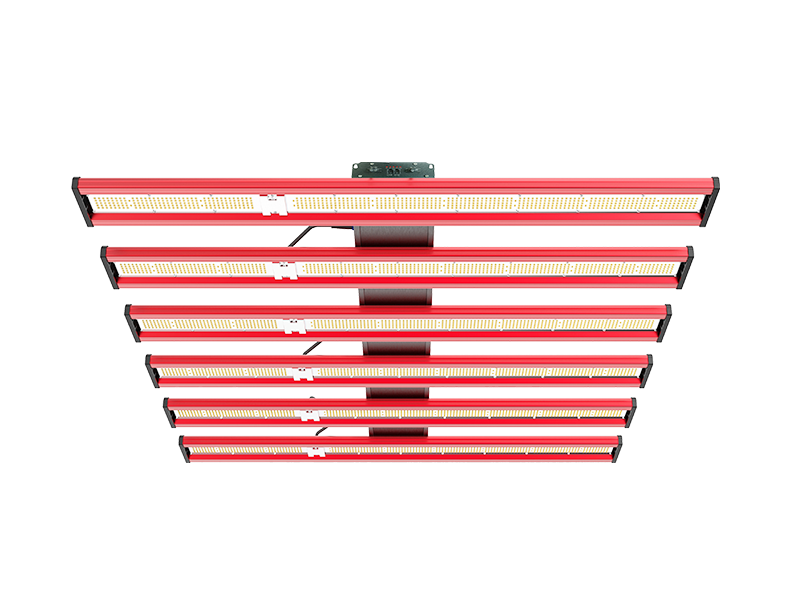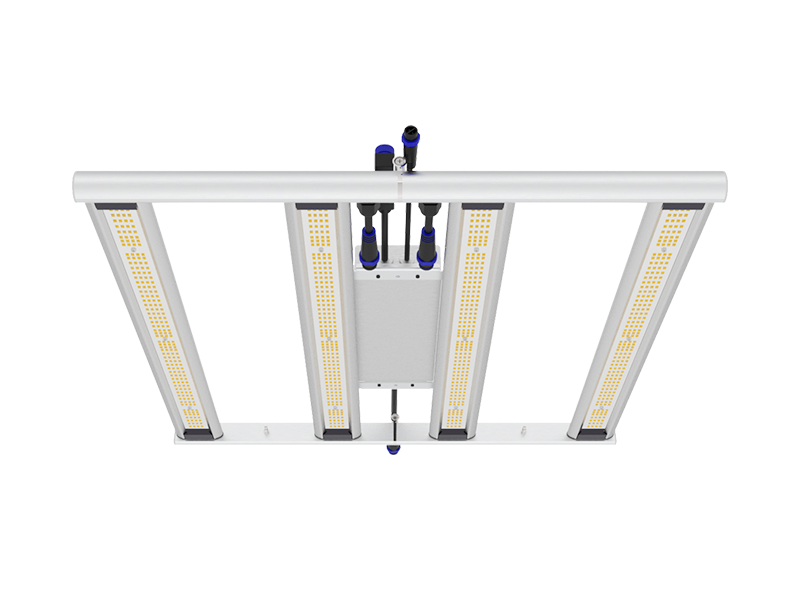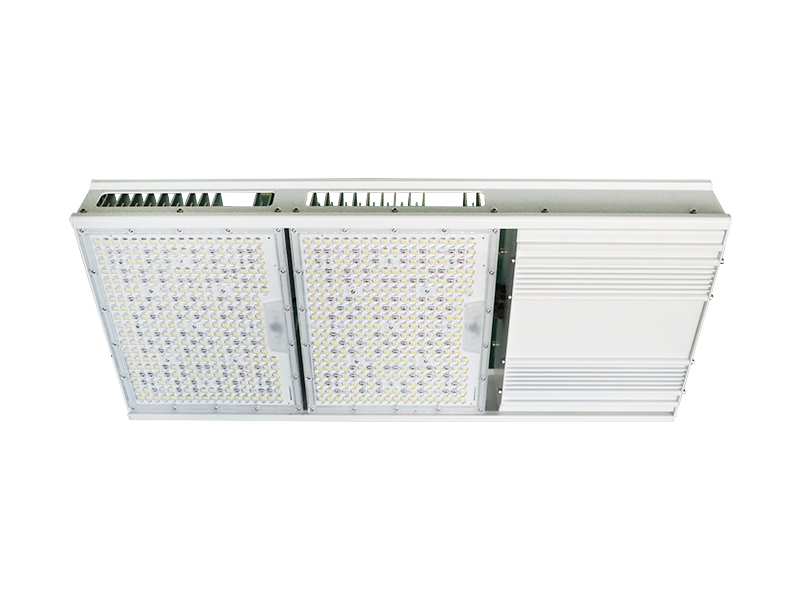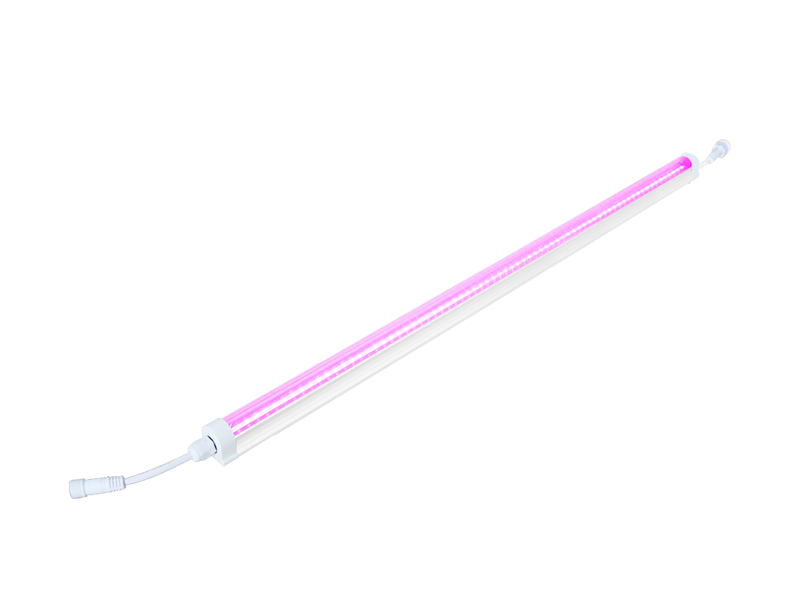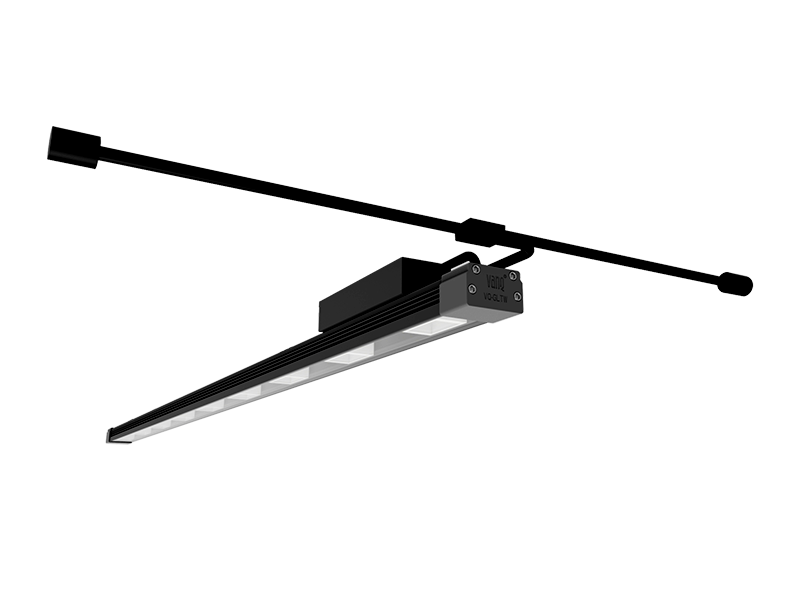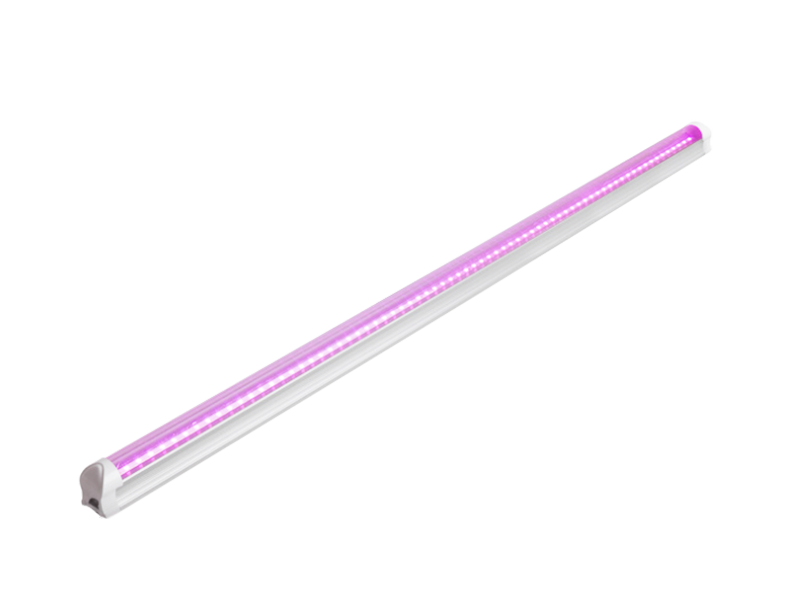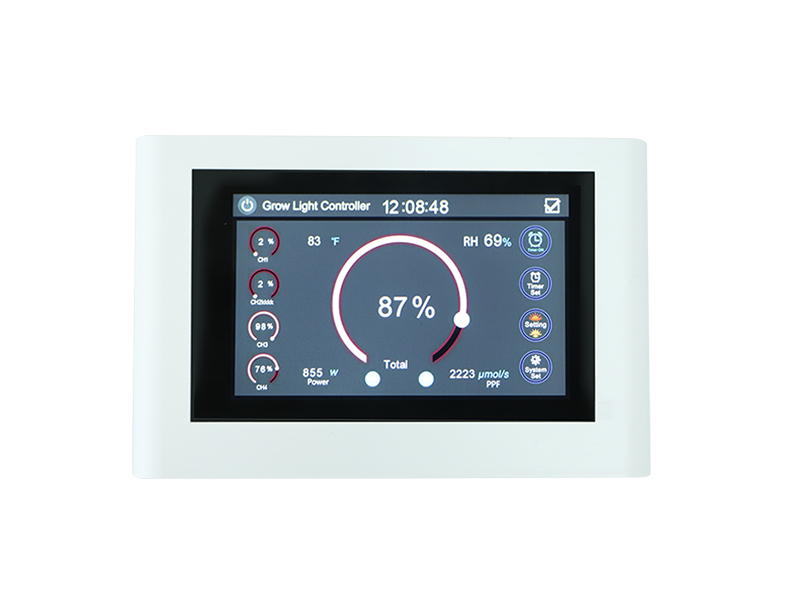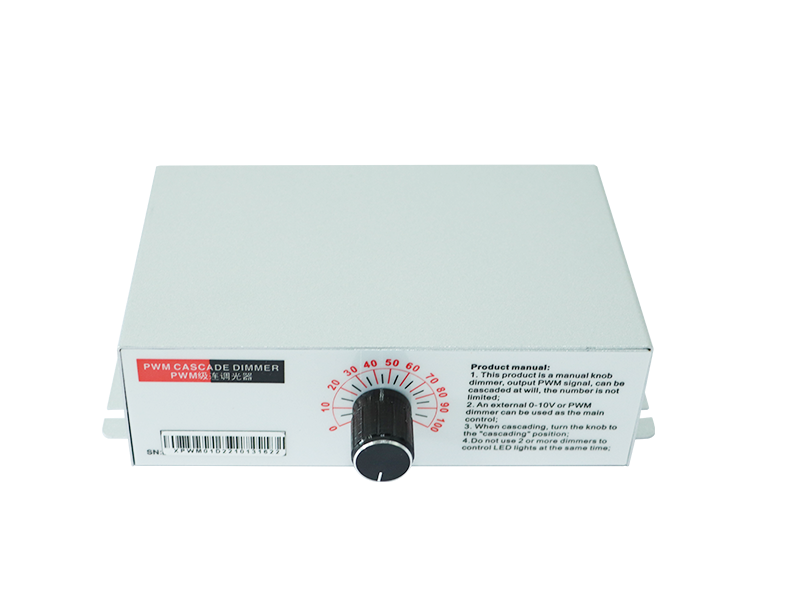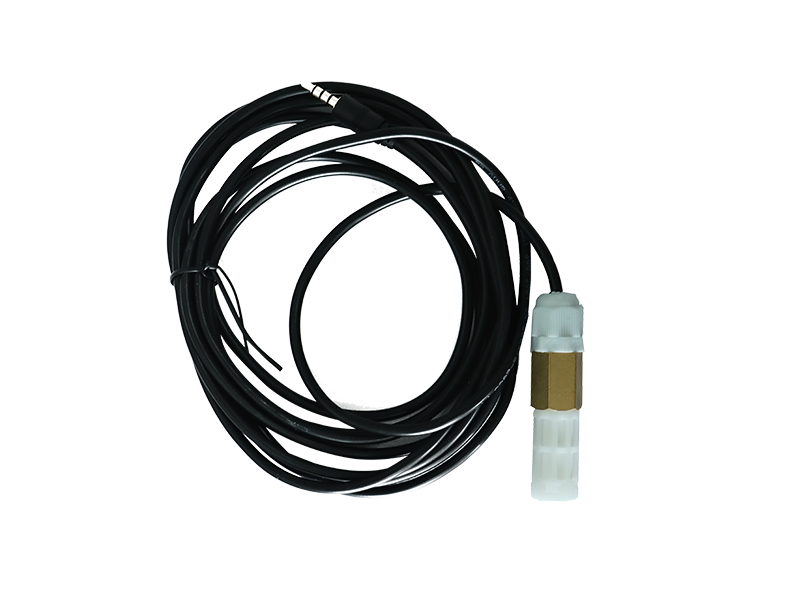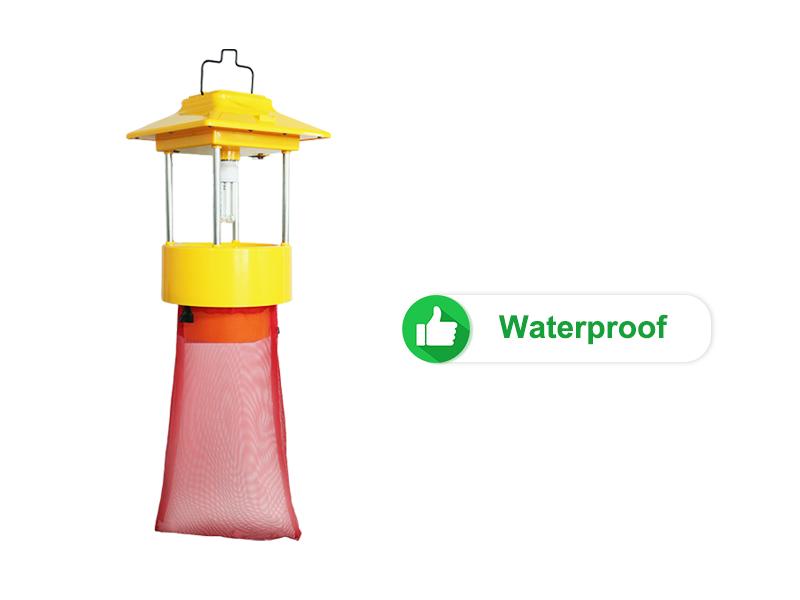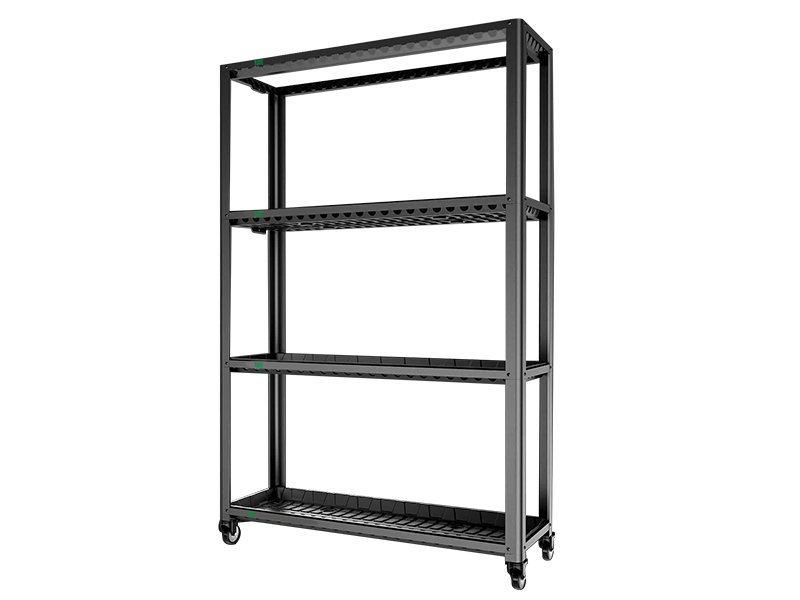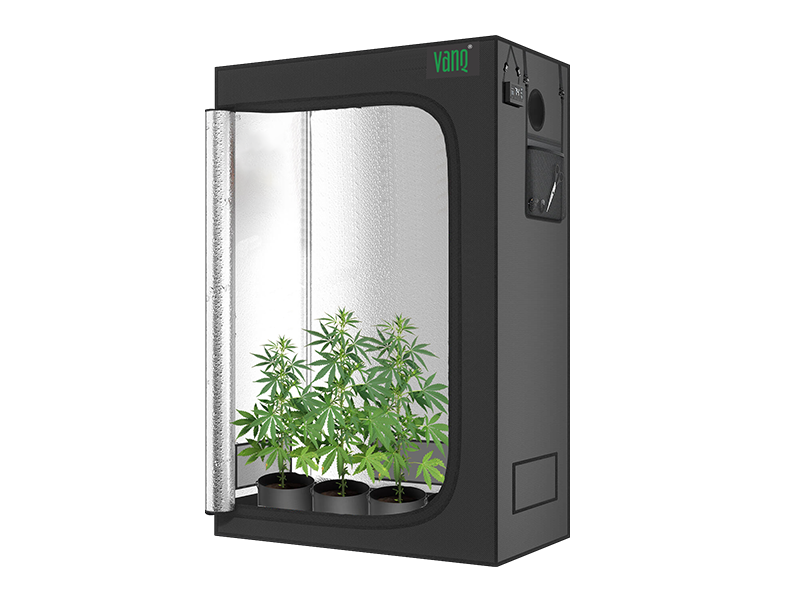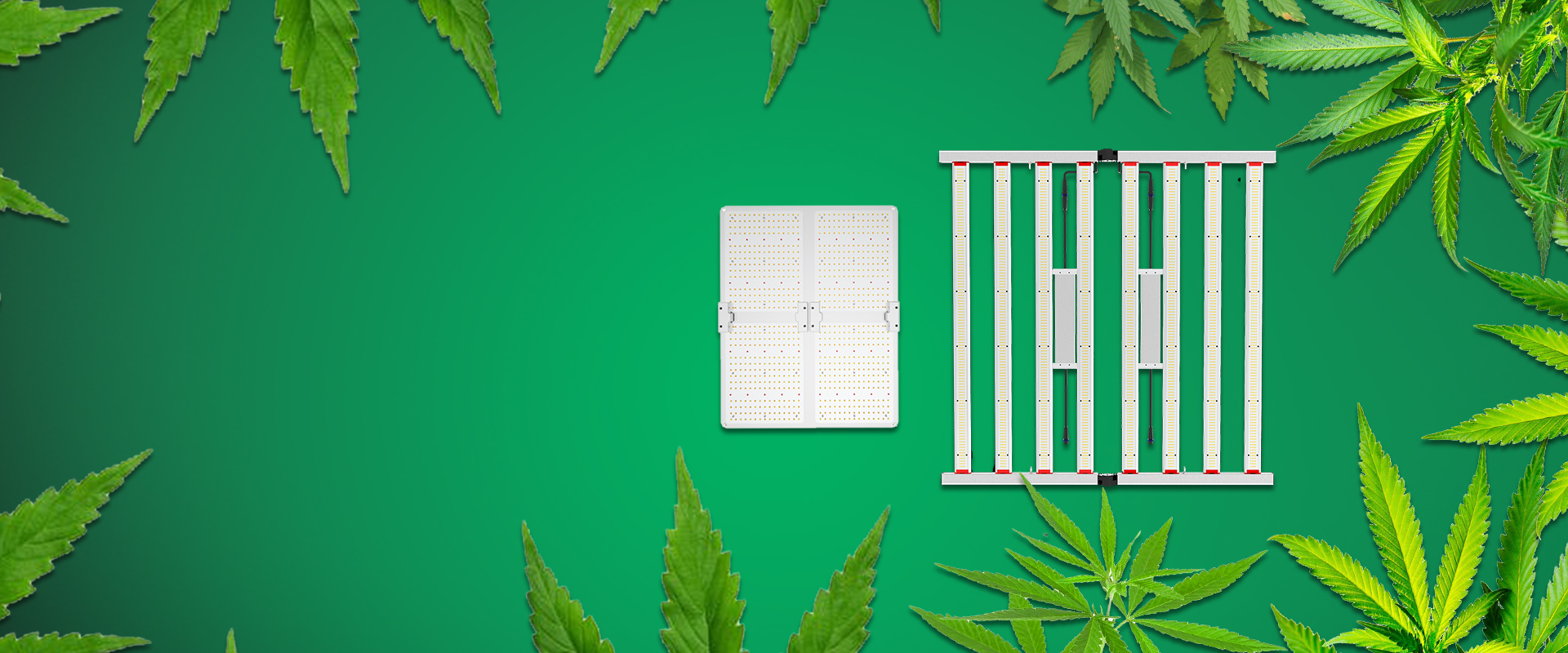When you have worked hard to grow tomatoes for three or four months, but look at the sluggish tomato fruit, your heart begins to fall into confusion, pick up the small tomato fruit, and taste it again, "So there is no juice at all, it is dry." ”
Growing tomatoes is not as simple as you think, but don't think about sprinkling the seeds in the soil, watering them, basking in the sun, and waiting for the harvest.
Next, we share a few common misconceptions in growing tomatoes to avoid you falling into them, resulting in poor tomato growth and even low yield.

Myth 1: The more light the better?
Many people believe that since plants need photosynthesis to grow, the more light they have, the better the tomato will grow.
And this is not true.
Everything should pay attention to a reasonable amount, moderate and moderate, just like when you eat, it is easy to get hungry if you eat less, it is easy to support if you eat too much, eat almost, just meet your stomach capacity, excessive or insufficient will bring adverse consequences.
The same is true for tomatoes, if the light is too strong or for too long, there may be leaf burns and wilting plants; Lack of light leads to tomato plant growth, thinning and yellowing of leaves.
Tomato at seedling stage, PPFD at 100-300 μmol/m²/s, 16-18 hours of light. When entering the vegetative growth period, PPFD was 300-600 μmol/m²/s, and 14-16 hours of light. During the flowering and fruiting period, tomato has the highest light demand, PPFD is 600-900 μmol/m²/s, and 12-14 hours of light is sufficient.
Myth 2: Only pay attention to the light on the upper part of the plant
When planting tomatoes, don't just focus on giving sunlight to the top of the plant and forget about the light needs of the leaves and fruits below.
Lack of light on the underlying leaves and fruits can lead to premature leaf senescence, unripe fruit, or lesions.
Is there any way to solve it?
First, you can use a side light source or increase the reflected light to ensure that the underlying leaves and fruits also receive sufficient light.
Second, regular pruning of the lower branches and leaves of the plant can increase the penetration of light, improve the ventilation of the whole plant, and reduce the occurrence of pests and diseases.
Myth 3: Ignoring support and pruning
When the tomato fruit starts to hang on the branches, it will become heavier and heavier.
If you don't support your tomato plants in advance, the results can be catastrophic – the plant lodging, the branches break, or even the fruit touching the ground directly.
Oh, the tomatoes that I had worked so hard to grow for three or four months were in vain.
Secondly, don't forget to prune the tomatoes.
Don't think that natural growth is best, unpruned tomatoes tend to grow a large number of side branches, which not only deplete the plant's nutrients, but also make the plant impermeable, resulting in a lack of internal light and increasing the risk of pests and diseases.
Myth 4: Improper planting depth
Why do some tomato plants always grow crookedly, or are knocked down all at once in the wind and rain?
Is it the weather or something else?
There is also a possibility that you are planting too shallow!
Tomatoes are not shallow-rooted plants, they need to be rooted deeper in order to absorb more nutrients and support a strong plant.
Bury tomato seedlings deep, even to the stem below the first true leaf, so that they can draw water and nutrients from the soil more efficiently, while also allowing the plant to stand more firmly and less prone to lodging.
Just as the more solid the foundation of a building, the higher and stronger it can be, the same is true for tomatoes, the more developed the root system, the healthier the plant, and the more fruit, bigger and more delicious it will eventually bear.
So, the next time you plant tomatoes, don't make the mistake of "just tasting and stopping" again.
Tomato cultivation may seem simple, but if these common myths are ignored, it can lead to undesirable results, and by understanding and avoiding these mistakes, you can promote healthy growth of tomatoes, improve quality and yield.
Indoor tomato grow lights recommend
1) VQ-GLTW050, Waterproof 50Watt LED Tube Grow Light

50w waterproof LED light tube supports various installations, customized spectrum, series equipment, waterproof IP65, and customizable length, suitable for various planting needs.
Samsung LM301B:Original Quality LEDs White
Multiple installations:Easy Maintanance & Replacement
Customized Spectrum: Adapt to planting needs in multiple scenarios
IP65 Waterproof:Suitable for most facility
Optional Length:Cusomizable Based On Project


